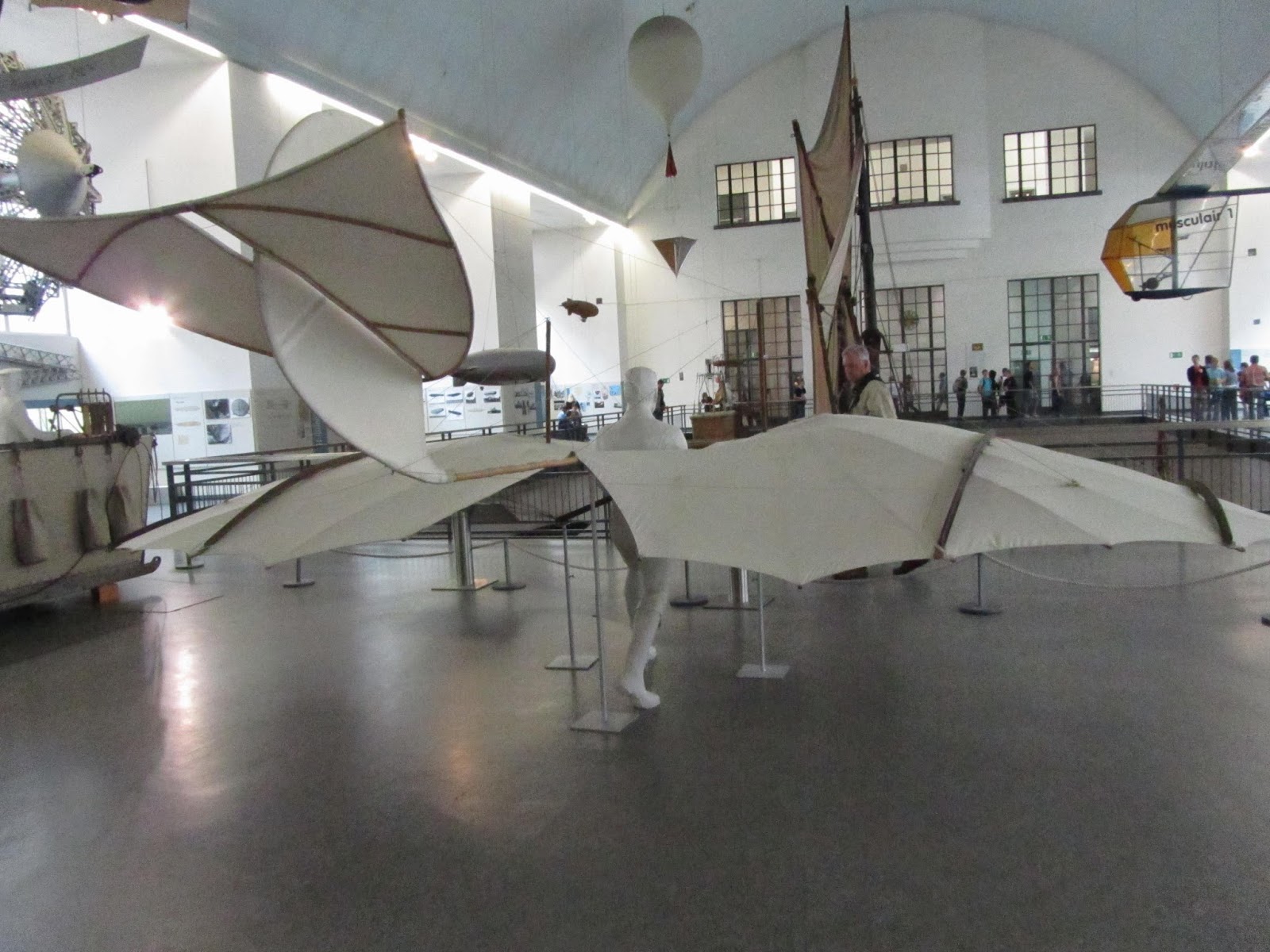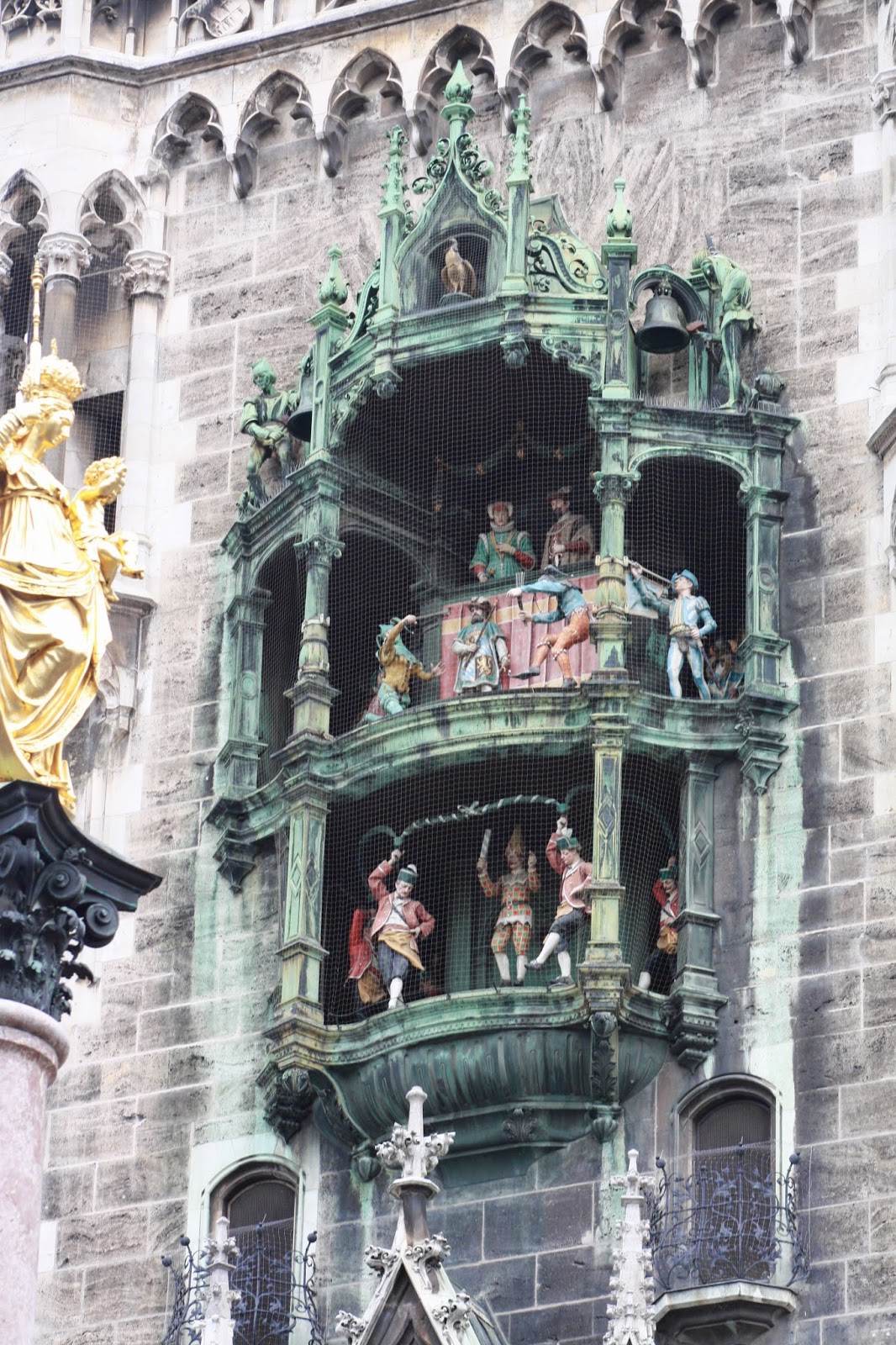Anchorage we discovered was abundantly rich in color. Multitudes of brilliantly painted flowers, unexpectedly for us, carpeted the landscapes everywhere we went. Had we landed in Oz? Obviously long days of sun and frequent rain create an environment where flowers thrive and grow -- gigantic at times much larger than their cousins further south.
We found roaming the city by public bus was easy and cheap. Our first destination was the Tony Knowles Coastal Trail for an early morning walk along the Sound. After getting off our bus on L Street near 4th, we first took a turn to Resolution Park, a worthwhile stop though we were unable to find an entrance to the trail from there. We walked back to L Street and onto 5th avenue. Down the hill we found a pathway that led to the trail.
coastal trail snakes against the inlet and roams some 11 miles past coastal shoals and parks. Views of snowcapped mountains accent the scenery. You can take a short walk, which we did, or there are also bike rental options on L Street.
After our trail exploration, it was nearly lunchtime. After stopping to buy some goods for our cruise -- a warm pullover with Alaska emblemage and more warm items that we found to be reasonably priced here (no sales tax either), we headed for some grub. Recommended by both Trip Advisors and Yelp reviews, the Glacier Brew House with a number of craft beers on tap, several Alaskan, which were very good, was a perfect choice for lunch. Among us we shared the Alaska salmon, halibut and fish and chips -- all receiving rave reviews by our party.
Post lunch we visited the Anchorage Museum and fortuitously arrived at the right time for the tour, well worth taking. Our guide was informative and in a short time imparted an overview of Alaska history and its peoples that was invaluable for our trip to come. The largest museum in Alaska, the Museum consists of exhibits and programs on the art, history and cultures of Alaska. Over 20 exhibitions are presented each year to more than 200,000 visitors.
The Anchorage Museum is open every day in the Summer from 9 a.m. to 6 p.m. Docent-led tours are offered daily at 11 a.m., noon and 1 p.m. and are included with museum general admission.






















